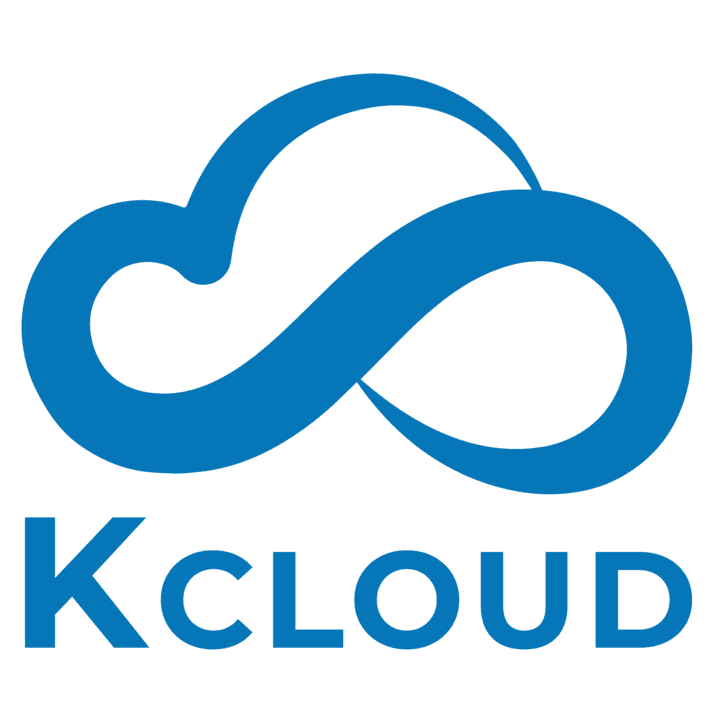Salesforce Health Cloud is a cloud-based customer relationship management (CRM) platform for the healthcare industry. It provides various features and functionalities to manage patient data, care plans, and care teams. Salesforce Health Cloud integration services are designed to help healthcare organizations integrate Health Cloud with other systems to streamline operations, improve patient care, and enhance data analytics.
Some of the common integration services provided for Salesforce Health Cloud include:
- Electronic Health Record (EHR) integration: Integrating Health Cloud with EHR systems enables healthcare organizations to have a single view of patient data, including medical history, lab results, and medications.
- Medical device integration: Integration of medical devices with Health Cloud enables automatic data collection and analysis, allowing healthcare providers to make more informed decisions.
- Telehealth integration: Integrating Health Cloud with telehealth platforms enables healthcare providers to provide remote care to patients, allowing patients to access healthcare services from the comfort of their homes.
- Analytics integration: Integrating Health Cloud with analytics platforms enables healthcare organizations to gain insights from patient data, allowing them to make data-driven decisions and improve patient outcomes.
- Appointment scheduling integration: Integrating Health Cloud with appointment scheduling systems enables healthcare providers to manage patient appointments, reducing wait times and improving patient satisfaction.
There are many other integration services available for Salesforce Health Cloud, depending on the needs of the healthcare organization. The integration services can be customized to meet the specific needs of the organization and its patients.
Salesforce health cloud services
Salesforce Health Cloud offers a range of services that can benefit healthcare providers, including:
- Patient Management: This service provides healthcare providers with a comprehensive view of the patient’s medical history, medications, lab results, and other relevant data. This information allows healthcare providers to offer personalized care and make informed decisions.
- Care Coordination: This service helps healthcare providers manage care teams, keep track of care plans, and communicate with patients and their families. This promotes effective care coordination and ensures everyone is up-to-date on patient needs.
- Mobile Access: Healthcare providers can access patient data on the go with Health Cloud’s mobile access service. This feature can be handy for home health providers who need access to patient data while in the field.
- Analytics and Reporting: Health Cloud provides advanced analytics and reporting capabilities that enable healthcare providers to gain insights from patient data. This information can be used to improve patient outcomes and reduce costs.
- Telehealth: Health Cloud integrates with telehealth platforms to allow healthcare providers to offer remote care to patients, particularly those in remote areas. This can help improve access to care and enhance patient outcomes.
- Community Engagement: Health Cloud enables healthcare providers to engage with patients and their families through online communities. This can help enhance patient satisfaction and outcomes.
Salesforce health cloud implementation
Salesforce Health Cloud is a comprehensive platform designed to improve patient care and provider productivity. Implementing Salesforce Health Cloud requires careful planning and execution to ensure a successful implementation. The following are the steps involved in implementing Salesforce Health Cloud:
- Define the Scope: The first step in implementing Salesforce Health Cloud is to define the scope of the implementation. This includes identifying the goals of the implementation, the stakeholders, and the key features to be implemented.
- Assess the Current System: The next step is to assess the current system and identify the gaps that need to be addressed. This includes evaluating existing workflows, procedures, and data management practices.
- Create a Roadmap: Once the scope and gaps are identified, create a roadmap for the implementation. The roadmap should include the timeline, the resources required, and the milestones to be achieved.
- Configure Salesforce Health Cloud: After creating the roadmap, configure Salesforce Health Cloud to meet the organization’s specific needs. This includes configuring the data model, and workflows, and customizing the user interface.
- Data Migration: Migrate data from the existing system to Salesforce Health Cloud. This includes patient data, care plans, and any other relevant data.
- User Training: Train the users on how to use Salesforce Health Cloud effectively. This includes training in data entry, data retrieval, and reporting.
- User Acceptance Testing: Perform user acceptance testing to ensure that the system meets the needs of the users and stakeholders.
- Go-Live: Once the system is tested and approved, go live with Salesforce Health Cloud. This includes rolling out the system to all the stakeholders and monitoring its performance.
- Post-Implementation Support: Provide post-implementation support to ensure that the system continues to meet the needs of the organization. This includes ongoing maintenance, user support, and system enhancements.
In summary, implementing Salesforce Health Cloud requires careful planning, execution, and ongoing support to ensure a successful implementation that meets the needs of the organization and its patients.
if you have any questions or any queries then mail us at: contact@kcloudtechnologies.com
for a demo book you can contact our sales team at sales@kcloudtechnologies.com
